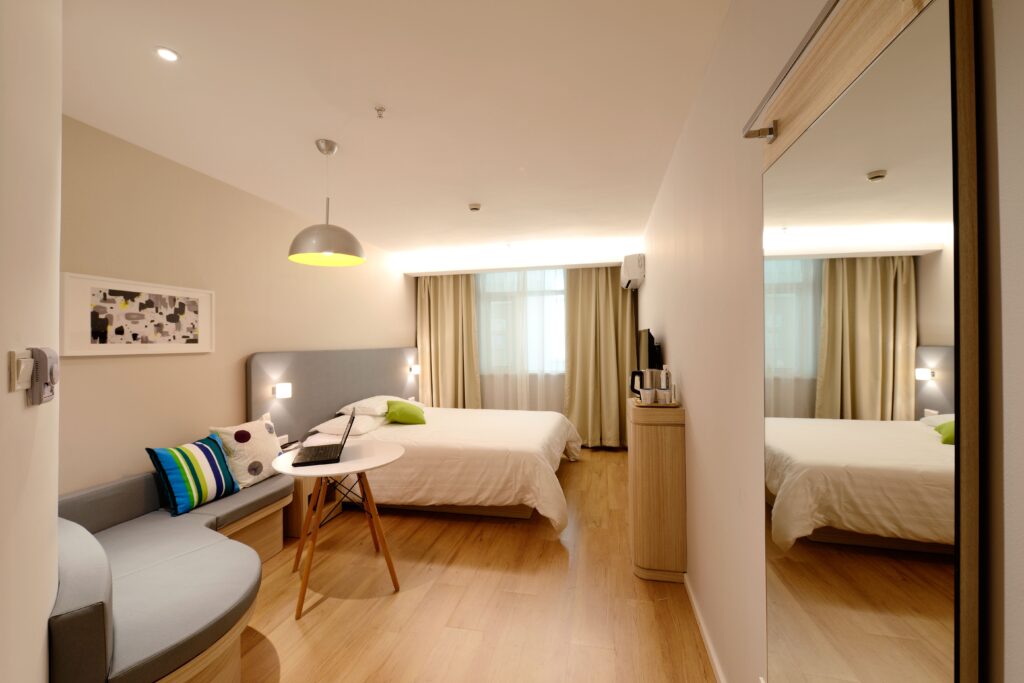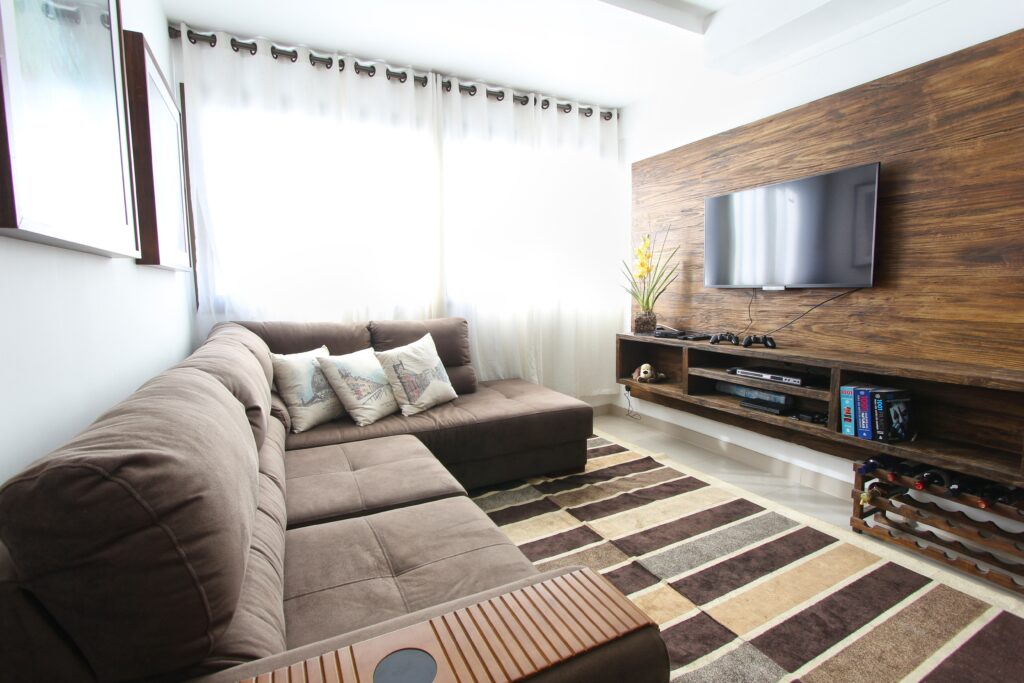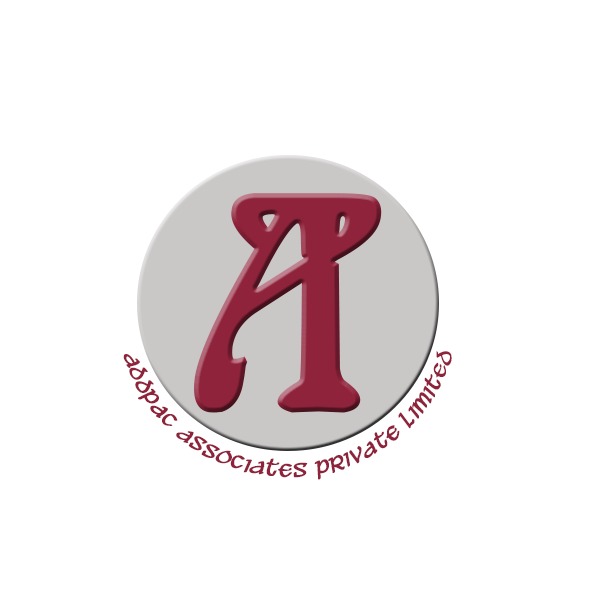
The number one thing the interior designer brings to the table. Is their product knowledge, their understanding what materials are more durable, what materials fit the needs that you have. If you have a need for a product, that’s easily cleaned or doesn’t stain easily. The designers understand this. Otherwise you’ve got to do all the research yourself you’re going to be digging through websites and reviews, and not all that information is truthful or accurate.
The other thing you need to keep in mind is the number of selections that have to be made. For instance, for a bathroom. We did a little digging around to figure out exactly how many selections that you have to make it’s between 100 and 200 different design selection choices that you have to make for one bathroom. You start to multiply that times: multiple bathrooms or bathroom and kitchen whole house addition. The number of choices go up, and that is a lot too a lot for the homeowner to bear a lot of decisions that they have to make that an interior designer can help consolidate and make a little more streamline for you.
A lot of homeowners don’t understand there are code issues. I’ll give you an example, I had a homeowner that wanted a chandelier above their tub, and we didn’t know that they wanted. A chandelier of the tub until the end of the project and that they were dead set on it. They went to the same shop from where we bought the light accessories. The sales man in the shop didn’t understand their requirement and gave a light instead of chandelier. You can’t do that working with an interior designer also helps keep you focused on the design schedule and the design cost. Now, if you go by yourself to these showrooms, none of the showroom representatives are going to show homeowners, retail. They’re, not going to show them any wholesale pricing. They’re going to show you retail items and you will end up in paying more. The codes are the wholesale numbers. If you go to meet these showroom, reps they’re going to show you retail prices, so you’re going to see a discrepancy right off the bat. Now your contractor should be able to buy at wholesale prices, but you’re not going to know. If it is with in your budget there are chances that you’re not going to see those prices. The showroom reps are not going to show anybody. An interior designer will be purchasing the material in wholesale pricing and will pass on the benefit to their client.

Why do you need to hire an Interior designer? Will you end up in paying more or less? These are the questions you may get in your mind. Read our blog 3 tips for Home Interior Design at Low cost
The design schedule, too, can take a lot longer than people realize and the interior designers can go out and shop while you’re, not while you’re, working or you’re doing something else. They can bring to you ideas that you guys have talked about, and you guys have realized that you know this is the direction that you’re headed and rather than you having to spend all that time going to all the different showrooms. The designer can do that for you and bring your pallets, can bring you groups of selections that you can choose or mix and match or whatever, but there are like a concierge for you. It will save time on your design schedule and most people don’t realize how long a design actually takes.
Designers do this for a living. They are knowledgeable on all areas, from design aesthetics to code issues, to safety, to budget and overall aesthetics designers. I’ll give an example when my mom did her kitchen back in the early 2000s, we didn’t have an interior designer. I was just studying and I didn’t know much about the business ,but passionate to draw and design. I didn’t really know what I was doing and it took me months to plan this thing, whereas if I had a designer it would have taken a matter of weeks, it really wouldn’t have been a big project. I ended up making some selections that were, let’s say it could have been better. The other thing, too, is you got to understand when you’re making selections for a project. There is a specific sequence, and if you don’t follow that specific sequence, you could be making a mistake and, generally speaking, you’ve got to make selections.
The first couple selections you make are items that have the least amount of choices, for instance countertops, countertops and appliances, there’s a finite number of countertops and appliances, but you take something like paint. There’s an infinite number of paint selections you can make. So you don’t pick the paint and then try to match, more restricted item that has less selections after you’ve picked your paint pick the countertop first pick: your appliances first pick your cabinets. Those are the big three beyond that. You’ve got a lot more flexibility with some of the selection choices that you make interior designer knows it. One of the things that an interior designer can do is to understand.
There is an aesthetic but there’s also a functionality component of everything, and you can go too far to the extreme of one or the other. A good designer can help balance the aesthetics with the functionality and I’ll give you an example of one where we went too far with aesthetics, but there was a shower that we built that had aesthetics being a primary concern. Those shower floor, tiles that we picked were large format and when I say large format, they were six by twelve, that’s very difficult to put on a floor that needs to be sloped to allow the water to shed off. Now we had a linear drain that all these tiles angled into the problem didn’t occur until after we were done, and the client didn’t like the fact that the water just stood there on the floor didn’t shed off, and the reason for that was the large Format, tile actually made the water more apparent that it was there in a typical shower. You have smaller format, towel a lot of grout lines and the water kind of disappears disappears in the background. It’s there you step out of your shower in a small format tile and you go back an hour later. It’s still wet, but then they’re designed for that. But you put one big sheet of tile in there and it’s very evident that there’s water droplets on it. It’s just that’s the aesthetics of it conflicting with the practicality, one of the biggest advantages of a interior design, build firm, that’s working with an interior designer.
We can design a space, that’s unique to you and you see. A lot of the same repeat. Look it’s a trend and there’s nothing wrong with the trend other than it will become out of trend. Eventually, some of the happiest clients that we work with are the ones that let us do our job, that let the interior designer sort of think outside the box and push the envelope a good interior designer.
That’s been doing this for a while, should be, and usually is well connected in the industry, and they can understand. If you have a problem or unique need, they know exactly where to go. They can save you a lot of time and effort, people that are making their own selections, don’t know who to call they’re just sort of at the mercy of the wind, the other thing to consider about working without a designer.
If you go to a showroom, where a lot of the interior products are kept, the showroom personnel are not going to take the time to help design your space for you. That’s what the interior designer does. If you don’t have one, the showroom personnel will point you in the right direction. If you’re kind of on your own and keep trying with many combination of products, you are going to feel like you’re not being paid attention to. In fact, they’re not paid to do that. It is the job of interior designer. It can be frustrating for a client, and I know I’ve heard clients try to do it themselves and they go to these showrooms. They come out with spending a couple hours in there and they really didn’t get anything.

You know without an interior designer it’s like trying to have a football team without a coach. You’re, just sending everybody out there or you’re in an orchestra, without a conductor. You don’t have somebody to head up the process to guide it in the right direction, to make sure that you’re staying focused and on track.
Thanks to Medium for acknowledging

